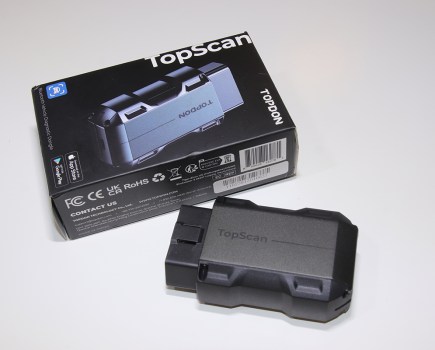Machine Mart’s well-known range of Clarke products includes this entry-level CP150 Pro polisher and sander. It’s powered by mains electricity and is supplied in an impressive-looking, robust carrycase. Inside, you’ll find a hook and loop backing pad in which to attach a sponge pad or polishing bonnet. So you have everything to get you started. I had my 1976 Volkswagen Bay Window campervan ready alongside some quality car polish to test this polisher on. Its red paintwork had lost its shine in places, so would this polisher revive it?
Clarke CP150 Pro dual action sander/polisher RRP: £83.98, buy now.
We check 1,000s of prices on 1,000s of retailers to get you the lowest new price we can find. Fastcar may get a commission from these offers. Read more here.
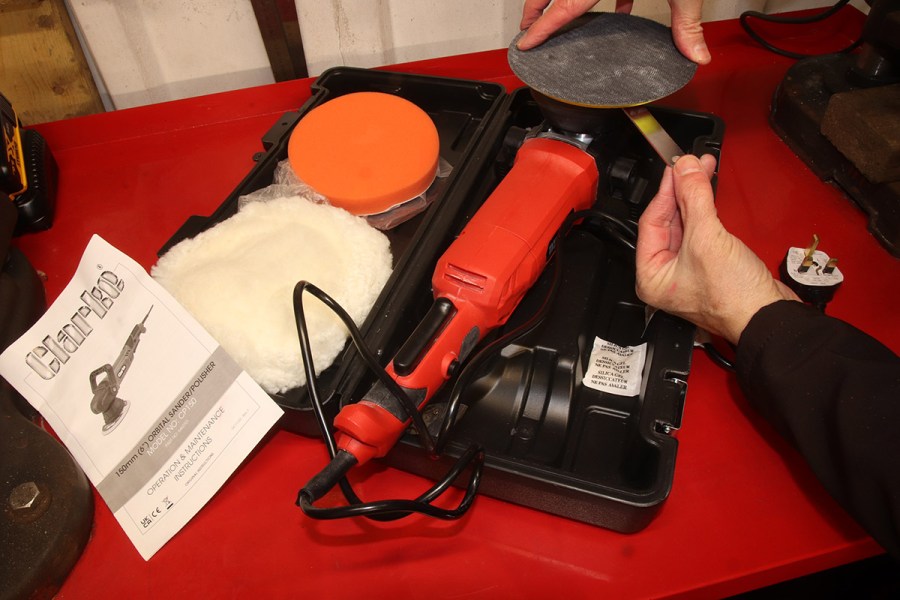
What’s in the box?
The Clarke CP150 Pro dual action sander and polisher is supplied in a compact, sturdy-looking plastic carrycase. It locks shut with good-quality metal clasps. Inside, there’s the polisher/sander body, a hook and loop backing pad, sponge pad and polishing bonnet. There’s also a spare set of motor brushes, a spanner and user manual.
There’s a large plastic D-handle to fit on to the body with a couple of hex screws. It’s a sturdy handle that can be easily fitted in several different positions. Unfortunately, the handle has to be removed to fit the polisher back into the carrycase. And the backing pad also needs to be removed. The handle is a little tough to maneuver into position.
The hook and loop backing pad requires a spanner (supplied in the kit) to fit it. It has to be squeezed between it and the 14mm nut on the body. A stud on the backing pad threads into it. If the nut isn’t gripped, it will rotate and the backing pad cannot be fitted. The spanner is quite awkward to position.
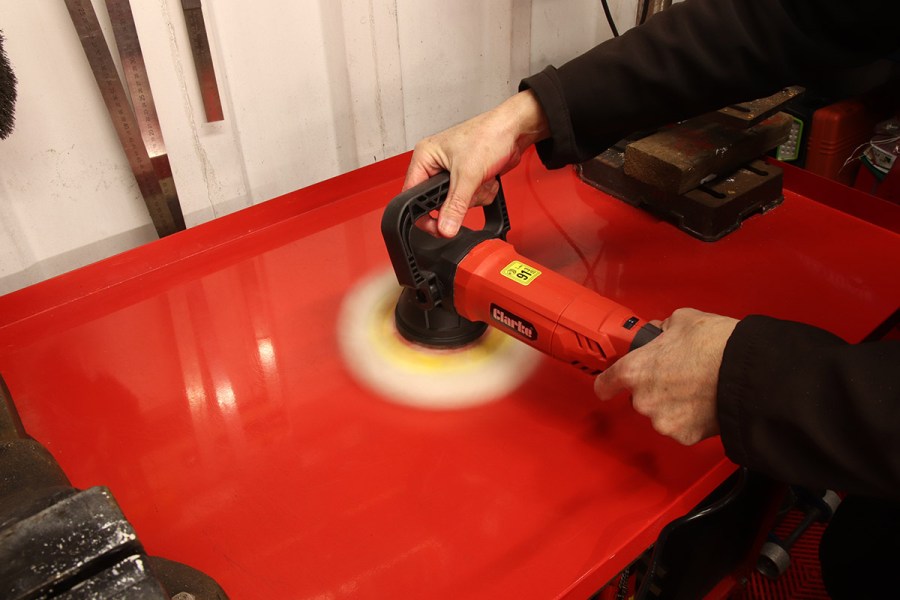
Clarke CP150 Polisher and Sander tech spec
This sander/polisher has six speed settings, which are selected via a dial on the top of the body. The dial displays numbers 1 to 6, with 6 being the fastest at 6,000rpm. Unfortunately, there’s no information on the speed of the other settings. 6,000rpm, for example, is too fast for polishing, but we can only assume the slowest setting (number 1), is perhaps around 2,000rpm.
The diameter of the backing pad is 150mm, which means there are plenty of aftermarket sponges and polishing bonnets that can be fitted to this machine. The ones included in the kit seem to be good enough to get you started.
The mains power lead attached to this polisher is a little over 6ft (2m) long. So it’s quite short and will probably need an extension cable to work around a vehicle. And being short, it does increase the risk of it fouling the bodywork.
The total weight of the sander/polisher with a backing pad is 5.7lb (2.6kg), which is not too heavy. It feels well-balanced when holding it vertically and horizontally. There’s a noise rating label on the body, which states 91.3dB.
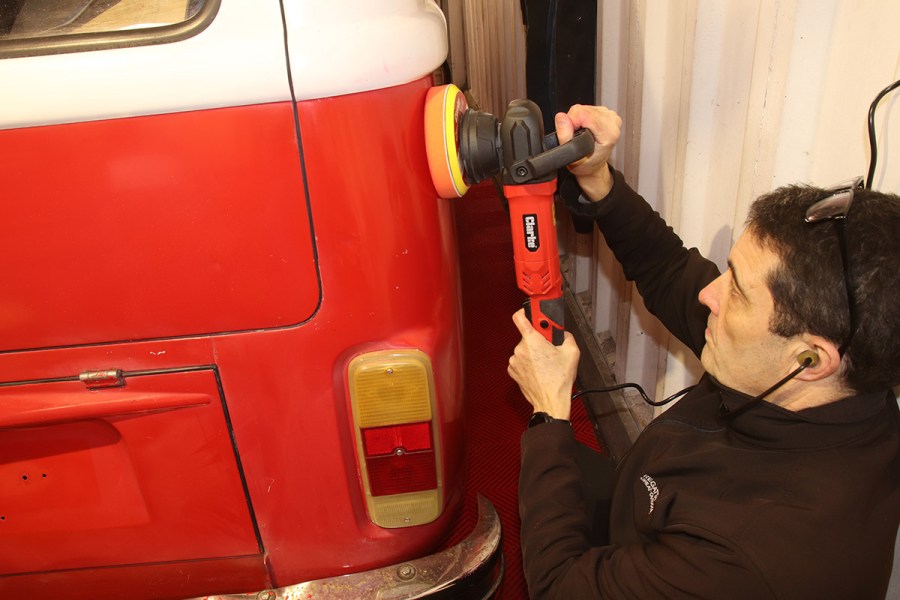
Using the Clarke CP150 Pro dual action polisher and sander
This machine doubles up as a sander and polisher. When sanding, we noticed a considerable amount of vibration is produced. It’s also very noisy, so should be used wearing ear plugs or defenders. When compared to a dedicated sander, this isn’t as good, being slightly more aggressive and noisier.
As a polisher, it’s more capable, but still very noisy and with lots of vibration transmitted through to my hands. It’s easy to maneuver because it’s quite light, but its dual action can result in it wandering off. The dial for adjusting the speed of the motor is easy to move when using the polisher. I also like the progressive start-up of the motor that’s gentle to begin with. And the trigger can be locked on, so you don’t have to keep it pressed when polishing.
The 150mm-diameter sponge pad and polishing bonnet are a good fit and remain in position during use. I used a color restorer fluid to remove sunlight damage on red faded paintwork. I also polished my Clarke steel workbench that’s painted glossy red. It was quite a workout thanks to the vibration (and I wore ear plugs), but the polisher did the job.
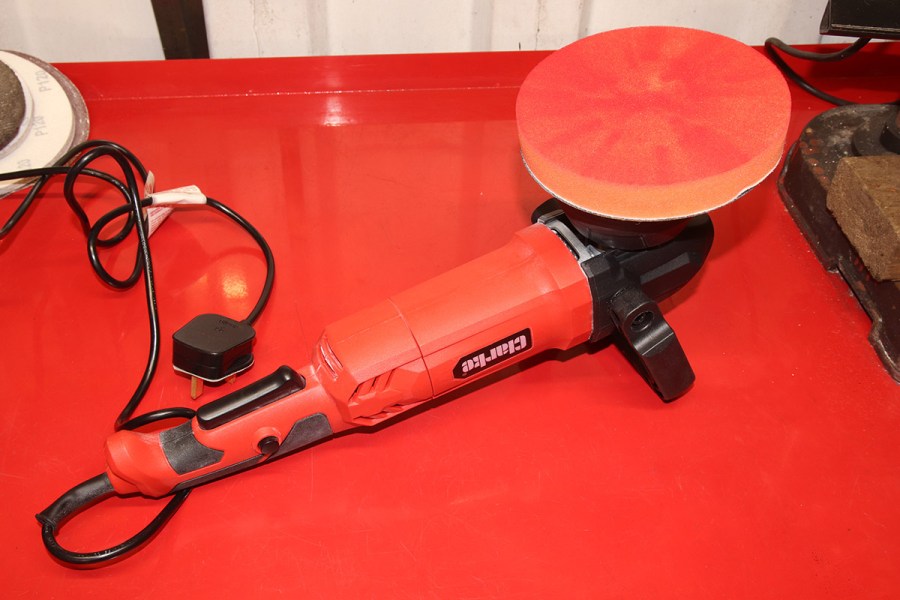
Clarke CP150 Pro dual action sander/polisher verdict
As an entry-level polisher, the Clarke CP150 Pro dual action sander/polisher is a budget-priced introduction for a beginner. It can rectify paint problems and buff polish and wax. As a sander, I’d recommend buying a dedicated machine instead. And I’d also recommend investing in ear plugs and a pair of thick work gloves.
See how it stacks up against its rivals in my machine polisher group test.








